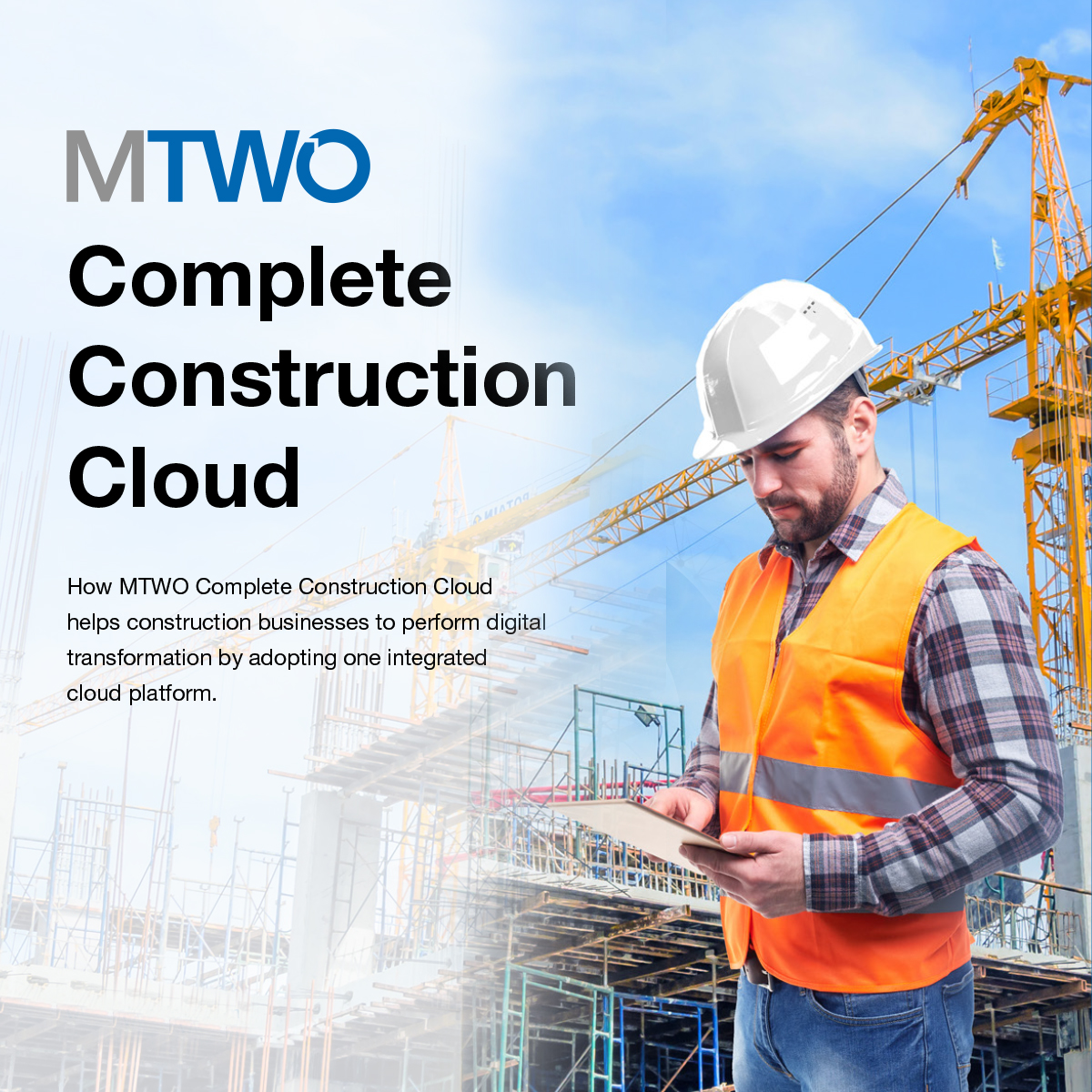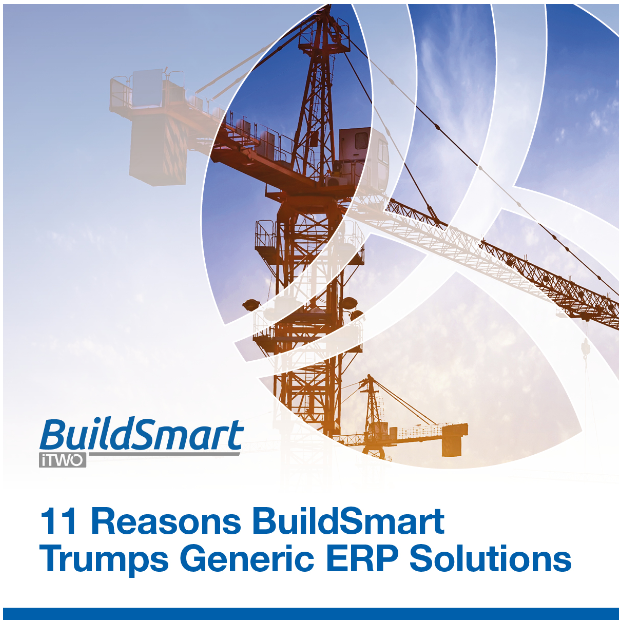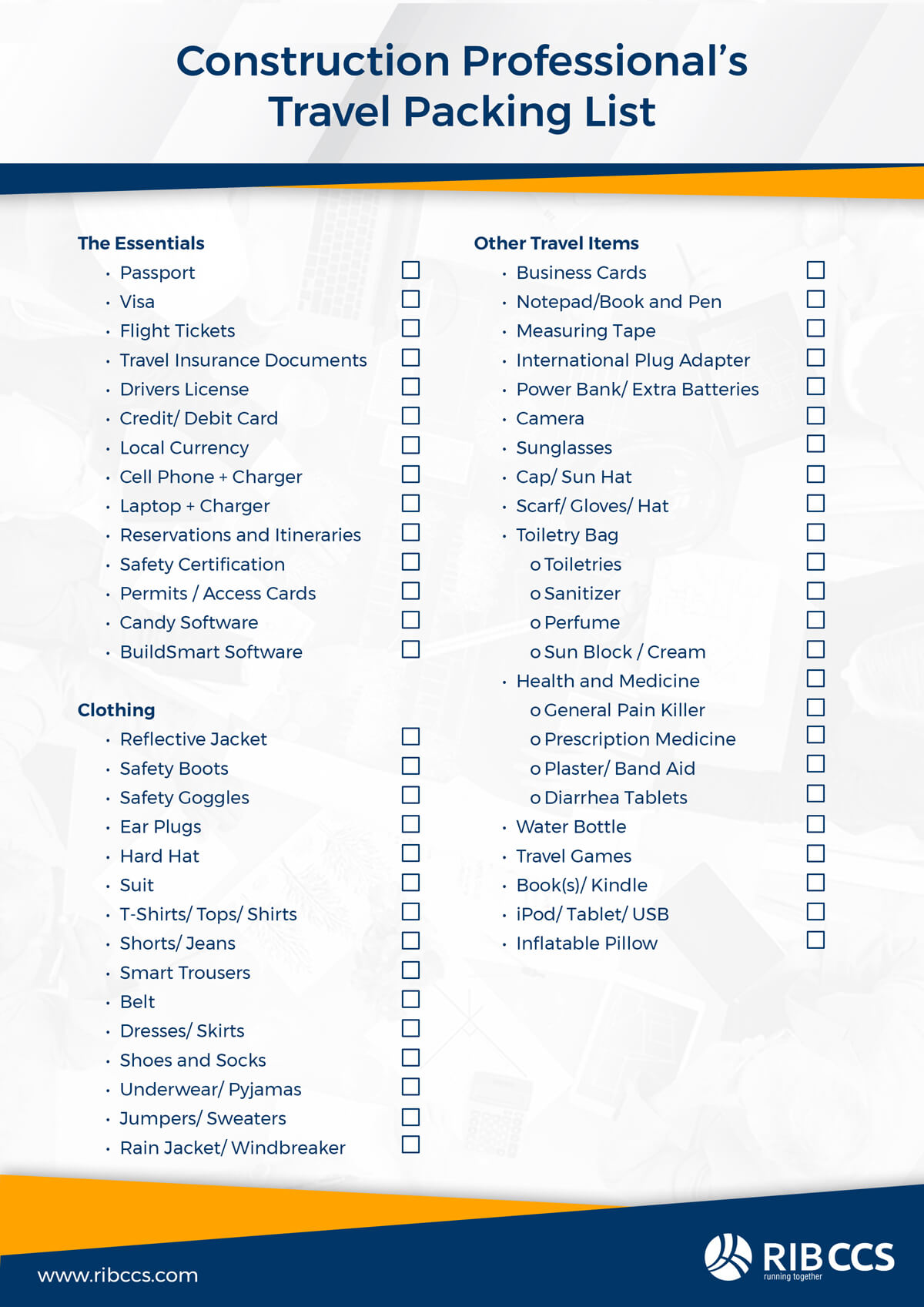Who Will Benefit from Integrated Construction Project Management Software?

At the cutting edge of technology, Integrated Construction Project Management software provides contractors with an incredibly diverse and effective tool box that they could only think of as pipe dreams in the past.
One of the best ways to distinguish between the software offerings in the market is to consider their capability in providing truly integrated end to end Construction Project Management. This might include such functions as variations and change order management, flagging of exception conditions, up to the minute business intelligence with reports and data, modification capabilities for both prime and sub contracts, identifying budget concerns (over and under budget) by examining actual costs and predicted costs and so much more.
This article, however, is not about the software itself and which one to purchase but who is going to benefit from it and should you be implementing it into your construction business.
In considering how these functions would benefit the various stakeholders, we should think holistically and beyond our own teams and departments. So, who will reap the benefits offered by Construction Project Management Software?
The Project Owner (or his representative if a 3rd party has been employed to oversee the project)
This is usually the entity who has financed or sponsored the project. The big picture information, crucial to this stakeholder, will be related to the progress and budget of the party who sponsors/finances the project. This person wants to know the real-time and overall costs, versus the scheduled budget. Construction software is renowned for its accuracy, complete and up to date reporting, which will give great confidence and comfort to the owner as opposed to bespoke spreadsheets or autonomous reports. Knowing that the updates being received are generated by a reliable end to end function of integrated software, that takes into account all elements of the project deliverables and finances, ensures the owner receives the true and unadulterated truth.
A General Contractor
The general or main contractor, appointed as the primary contractor with the responsibility for the overall project management, will be accountable to the owner for delivering the project on time and on budget. The general contractor usually employs specialist sub-contractors to complete certain specialised trades or elements of the contract. The benefit of the integrated reports to the owner has been covered above, but the same information is critical for the General Contractor himself. Spotting potential issues early and making the right and timely adjustments will assist them to stay on track. The ability to track and manage the sub-contract bids; progress; valuations and payments; record daily transactions between the Principle Contractor and sub-contractor and assist in highlighting possible constraints between the parties and timeous completion of the works is one of the many elements that early adopters of this system rave about.
The Subcontractors
Having won the bid and been appointed to carry out the defined scope of work, access to the reporting and operational elements of the integrated system vastly simplifies their responsibilities over and above the physical work itself. Many of the payment triggers will be based upon measured works or milestones which the integrated system will monitor and prompt to ensure not only is the work completed smoothly but all invoices, receipt and certificates required are also processed without any timely delays.
What About a Bank or Finance Company
In much the same way as an owner, if a bank or financial institution is financing a project, they want to be sure their investment is safe and sound. Many financial arrangements of this type will also have a phased release of funds that will be triggered by measured works or milestones. As with reporting to an owner, the integrated true and accurate data and reports generated by Construction Management Software is infinitely more reliable than ad hoc project updates. Various levels of access or information reporting can be agreed and set up from the outset or adapted on the go. This can be a key selling point during the negotiation phases in securing financial support from premium institutions, as this greatly assists with their initial and ongoing due diligence.
Conclusion:
The capabilities and effectiveness of Construction Project Management Software has evolved massively in a short period of time and the most reputable and trusted providers continue to upgrade and enhance their product offerings to stay abreast of and in many cases lead the market requirements. In this fast-paced, demanding industry, choosing the right software can be vital in winning and managing projects. Even in this short article, the benefit can clearly be seen. It can even impact a wider audience in terms of financiers and investors concerned with getting new projects off the ground.
The question perhaps should not be who needs it but how soon can you get it implemented and "how to choose the right software provider for you?"
You may also be interested in learning what are the "Five steps to implementing Construction Software"
Most Recent
Ready To Take Your Business To The Next Level?
Let's talkDownload our free Ebook

- The new normal of construction is digital
- MTWO Complete Construction Cloud
- One unified platform for project and enterprise digital management
- How to implement the Complete Construction Cloud
Download our free Ebook

- Putting connectivity and scalability in the center of a long-term digital strategy.
- Adding sustainability to the digital agenda.
- Adopting integrated platform instead of disconnected point solutions.
Download our free Ebook

- The Inherent Flaws of Generic ERP
- Build Better with BuildSmart
- BuildSmart Highlights
- The Way Forward
Download our free Ebook
.jpg) Your business will benefit from:
Your business will benefit from:
- Huge time savings in BOQ pricing
- Better Project Planning
- Increase your ROI on all projects
- Detailed bid analysis
- Powerful reporting capabilities
Download our free Ebook
.png)
- What are these 5 pillars?
- Why are they essential to your change management plan?
Download our free Ebook

- Our tips for positioning to win construction contracts against the backdrop of a hungry and competitive construction industry.
Download our free Ebook

- How Technology addresses the challenges of the Construction Industry
- ‘One source of truth’ as a principle at use in the industry today that provides a totally integrated view of costs, offering a direct impact on outcomes.
- Man, Machine and Money – meaningful links in your construction company
Download our free Ebook

- Learn how to retrieve data that drives control
- Control budgets across projects
- Increase your ROI on all projects
DOWNLOAD OUR FREE TRAVEL PACKING LIST
 Don’t know what to pack for your
Don’t know what to pack for your next business trip?
We’ve got you covered!
Get It Now




